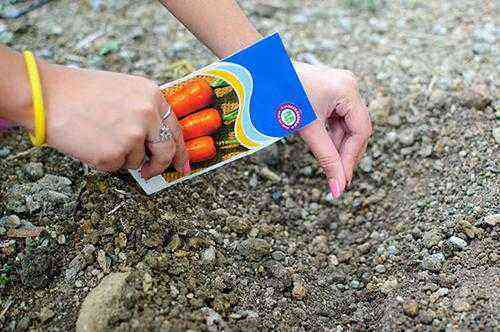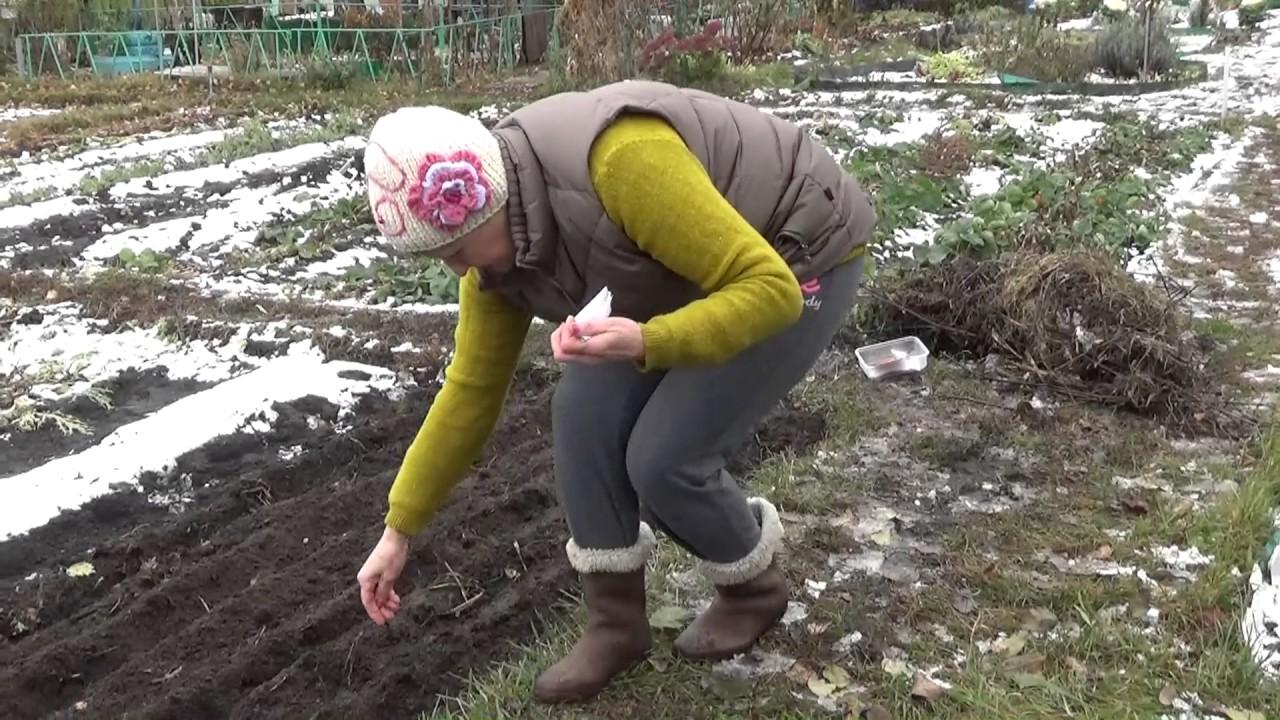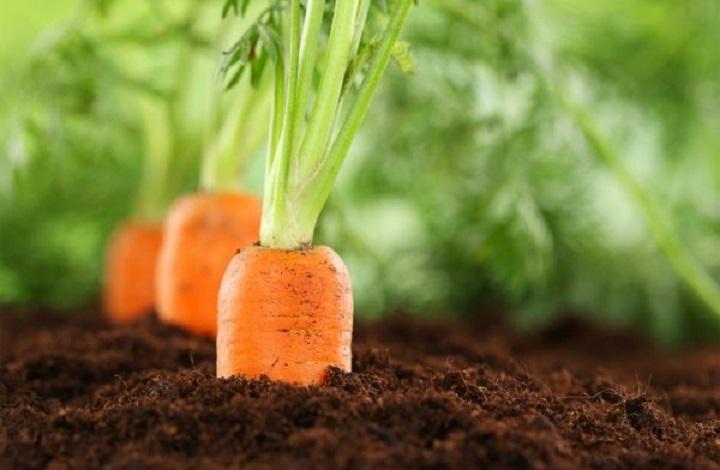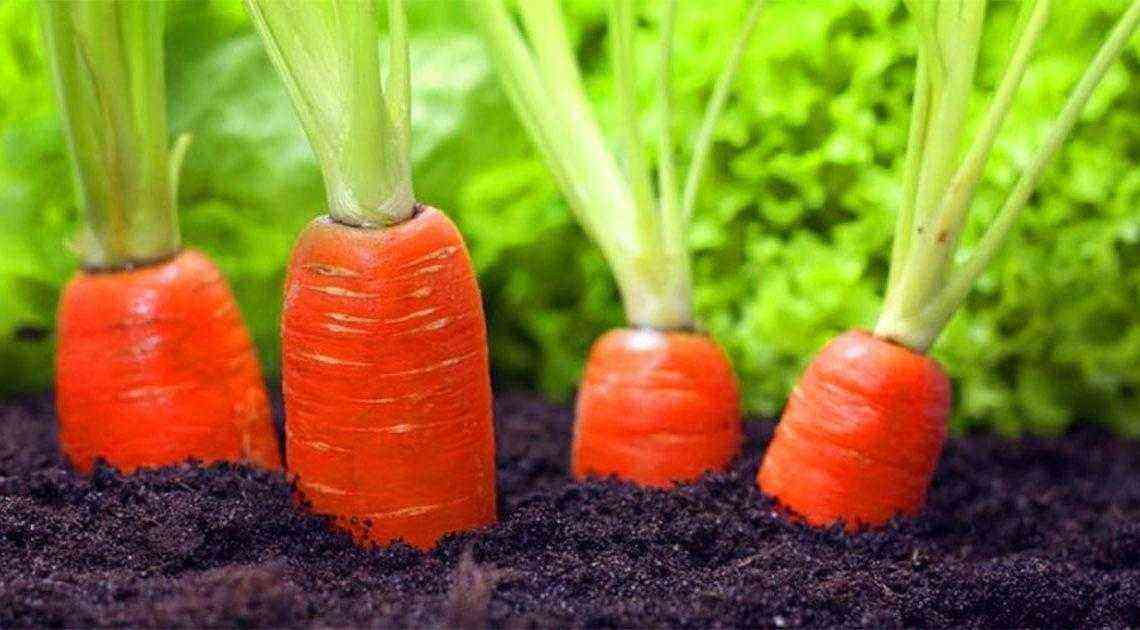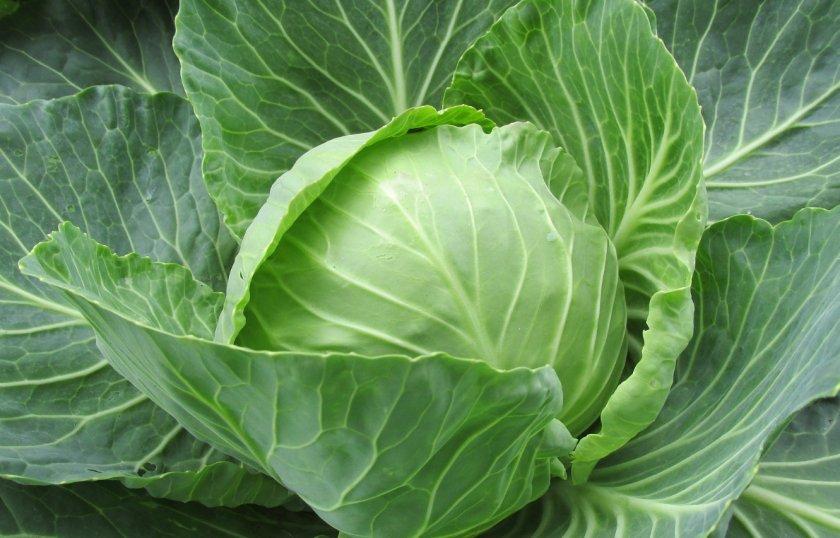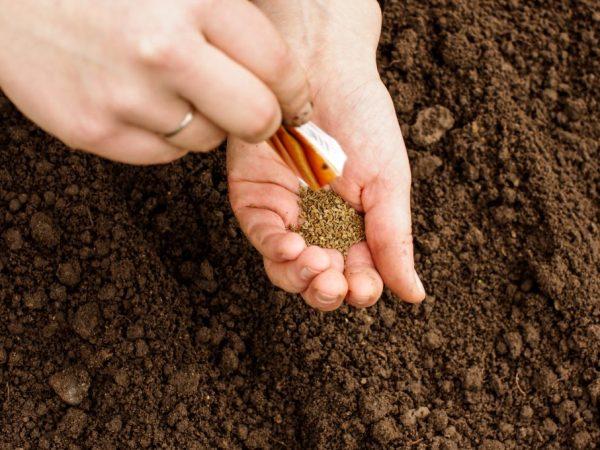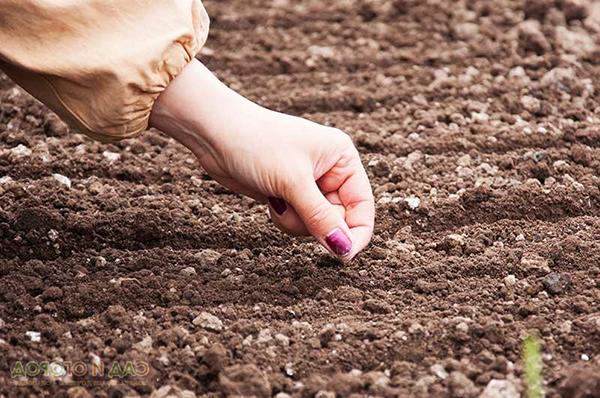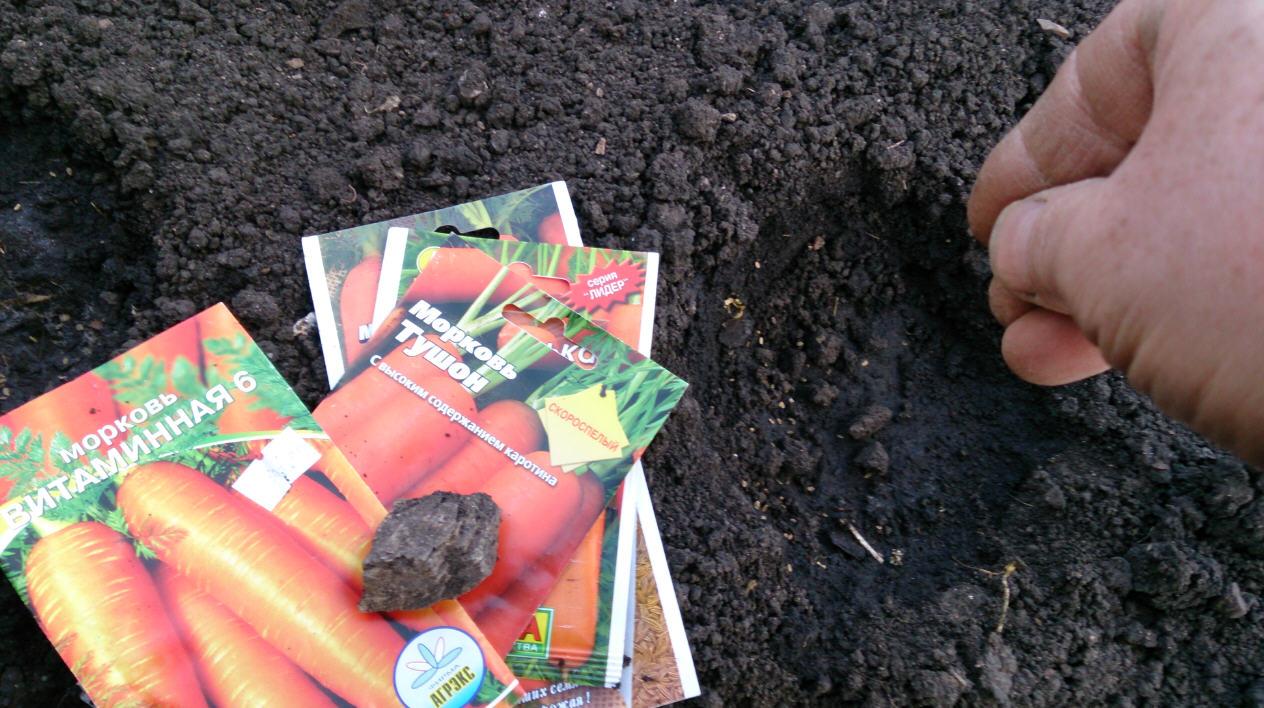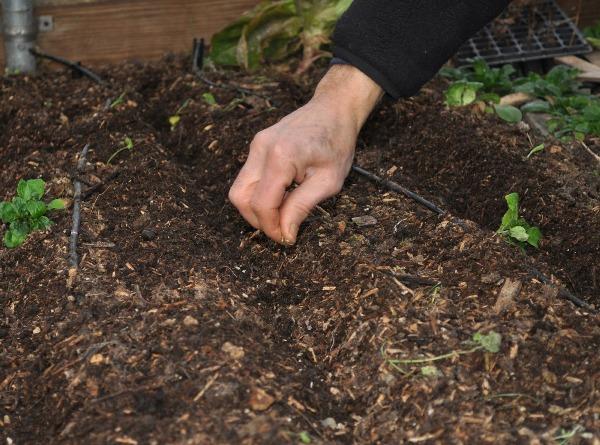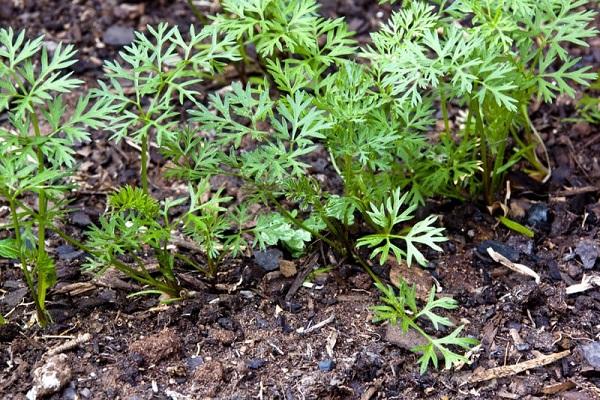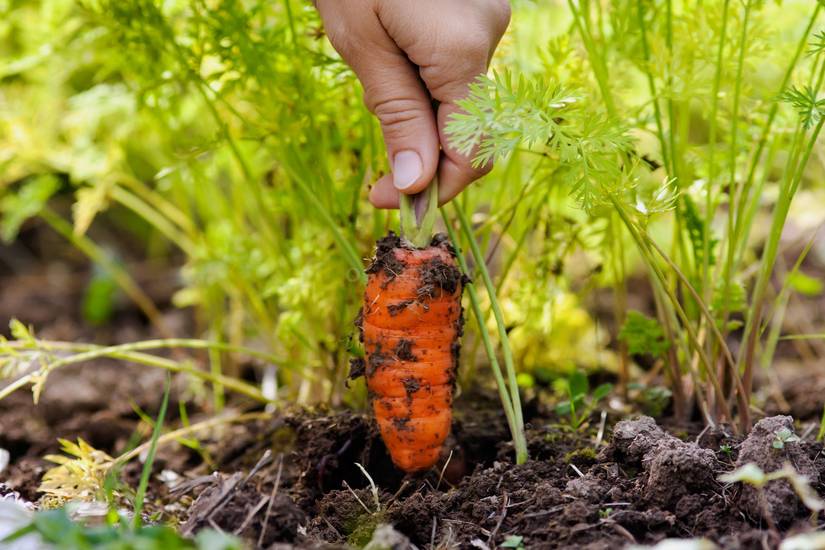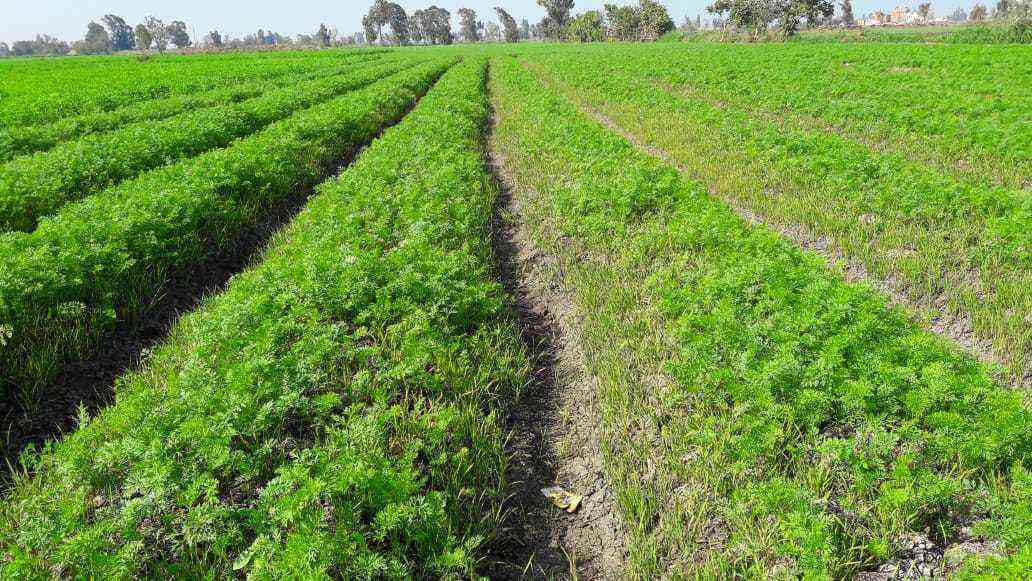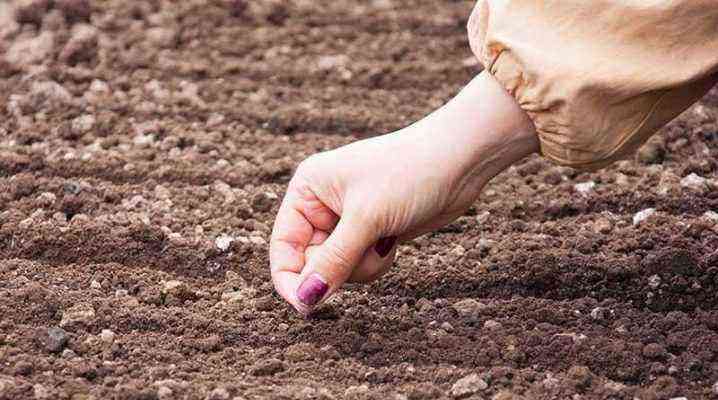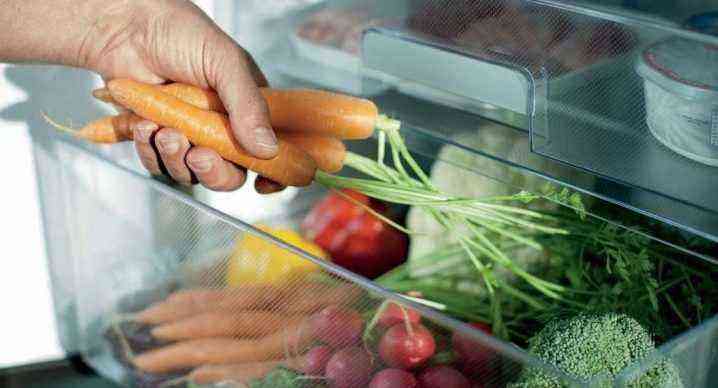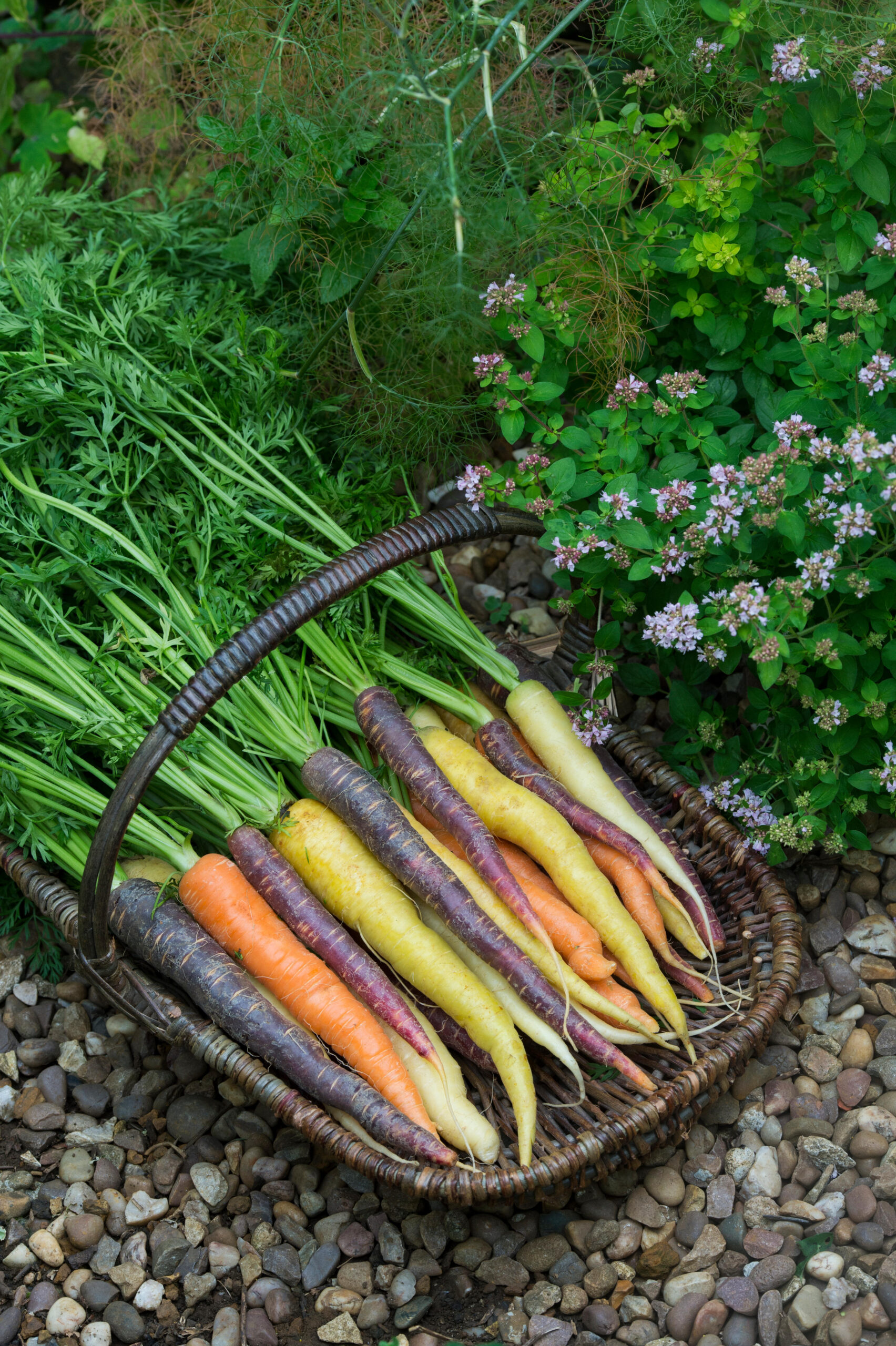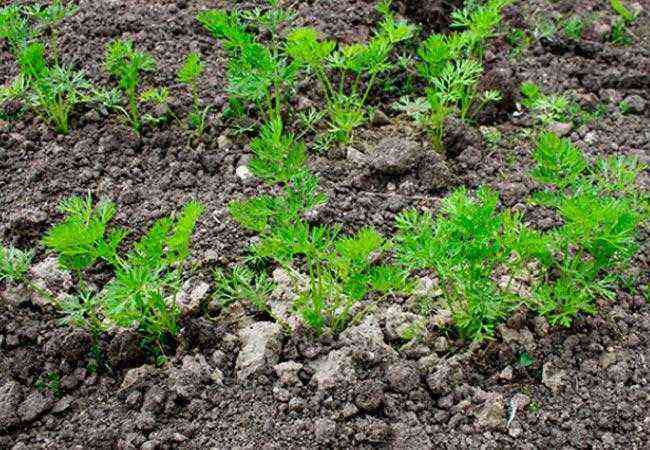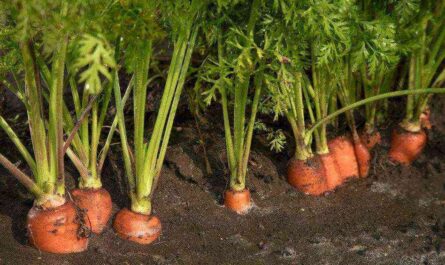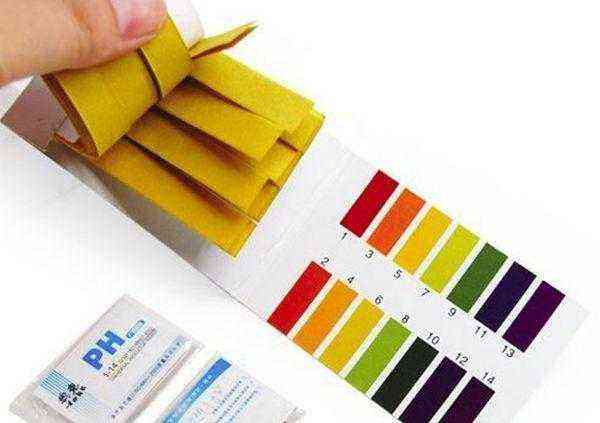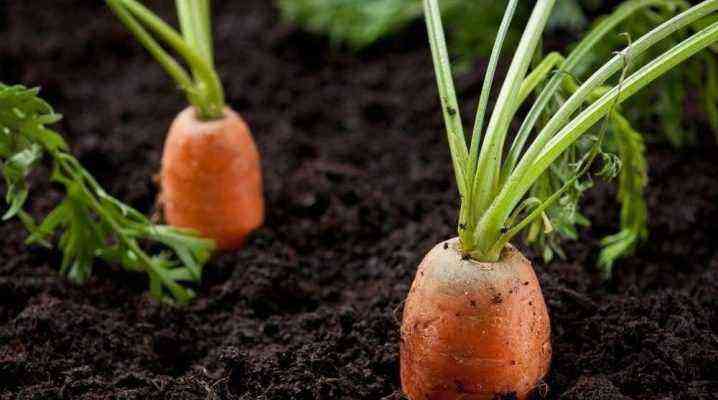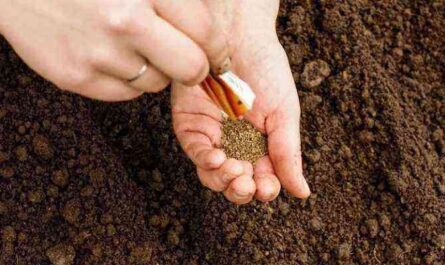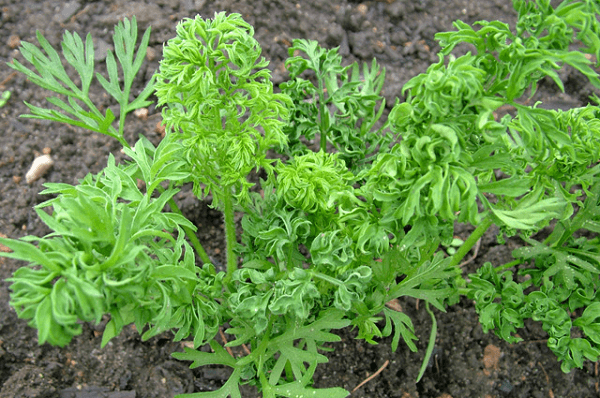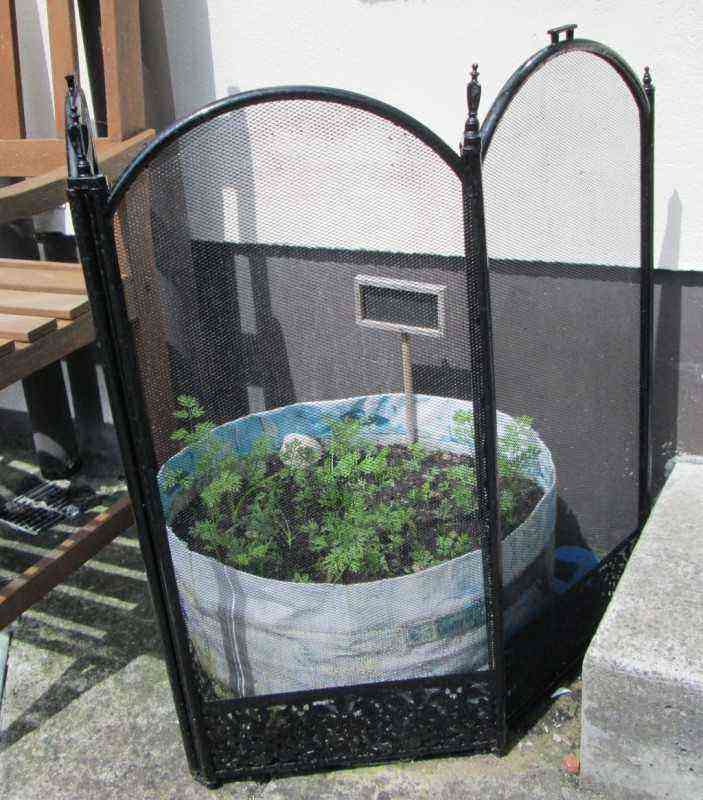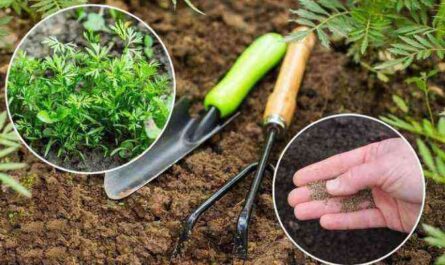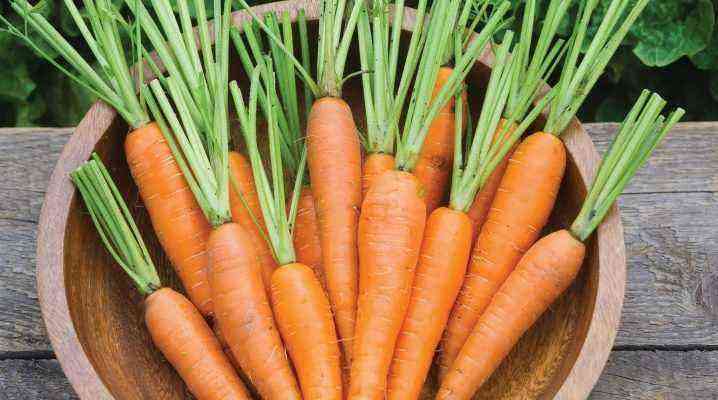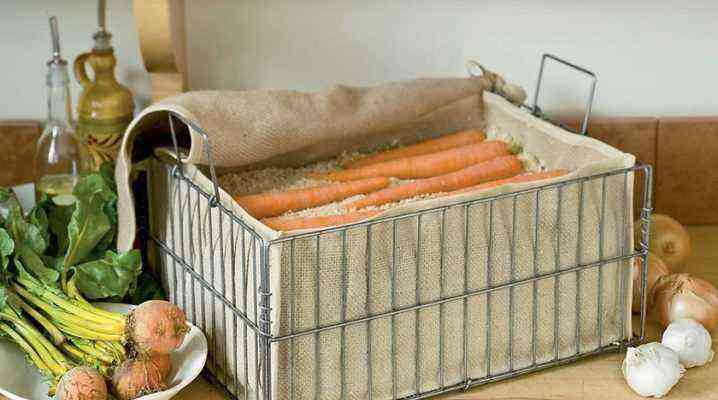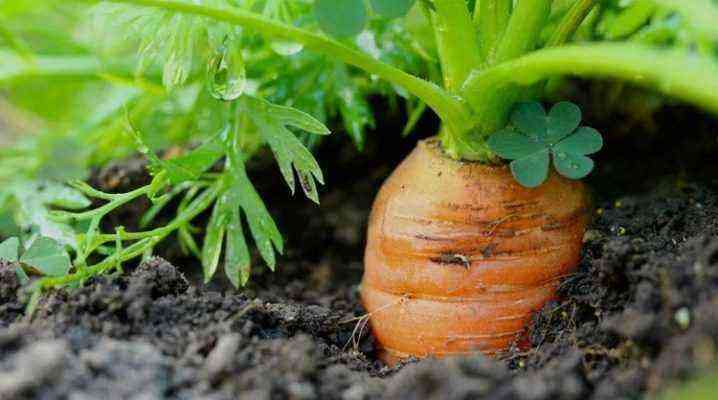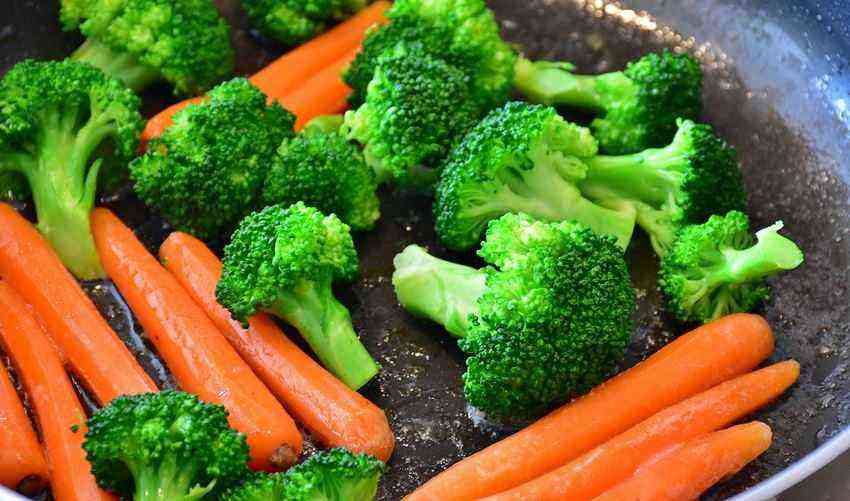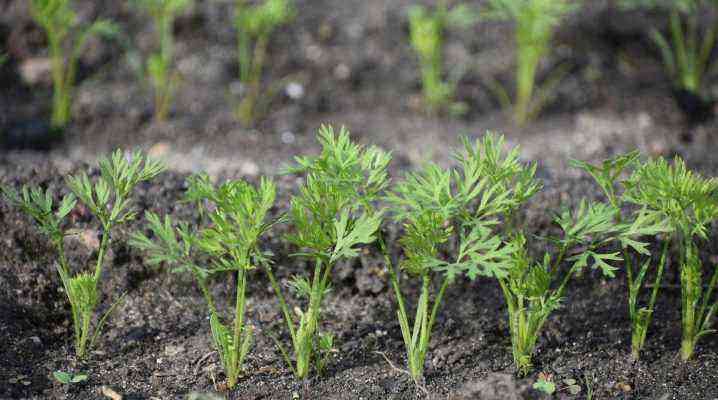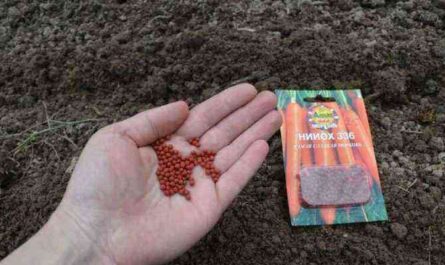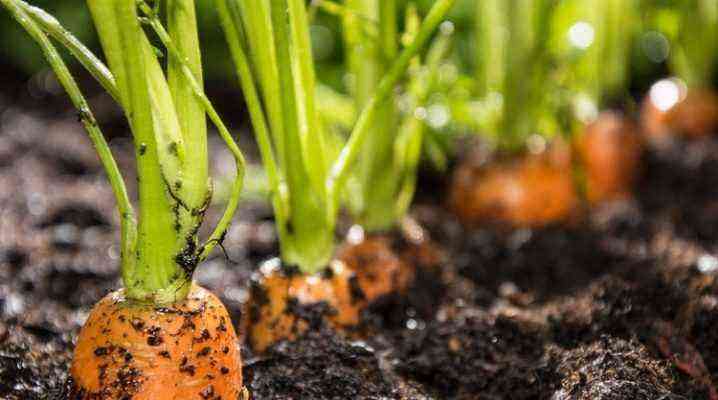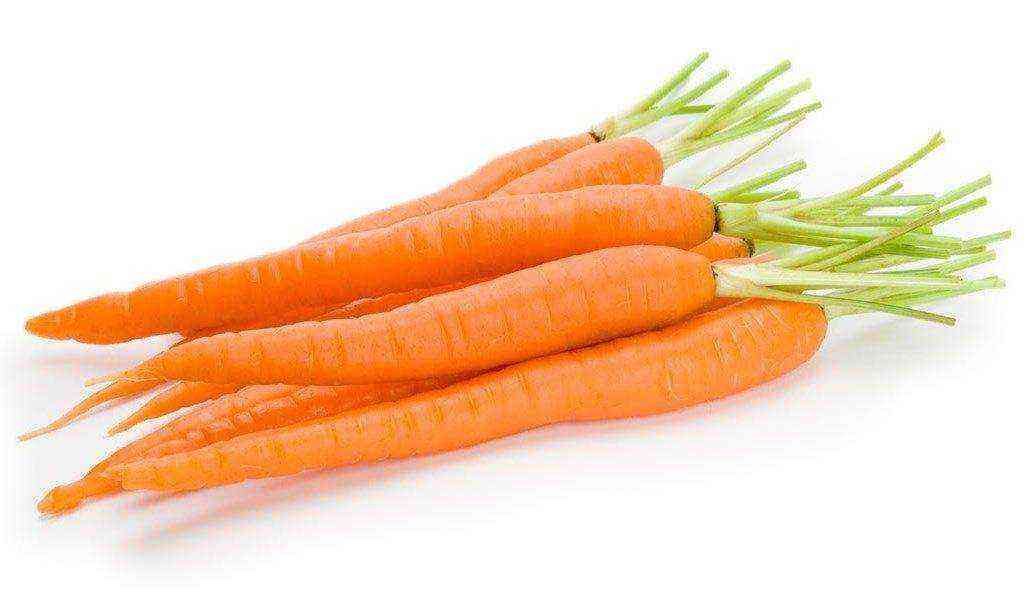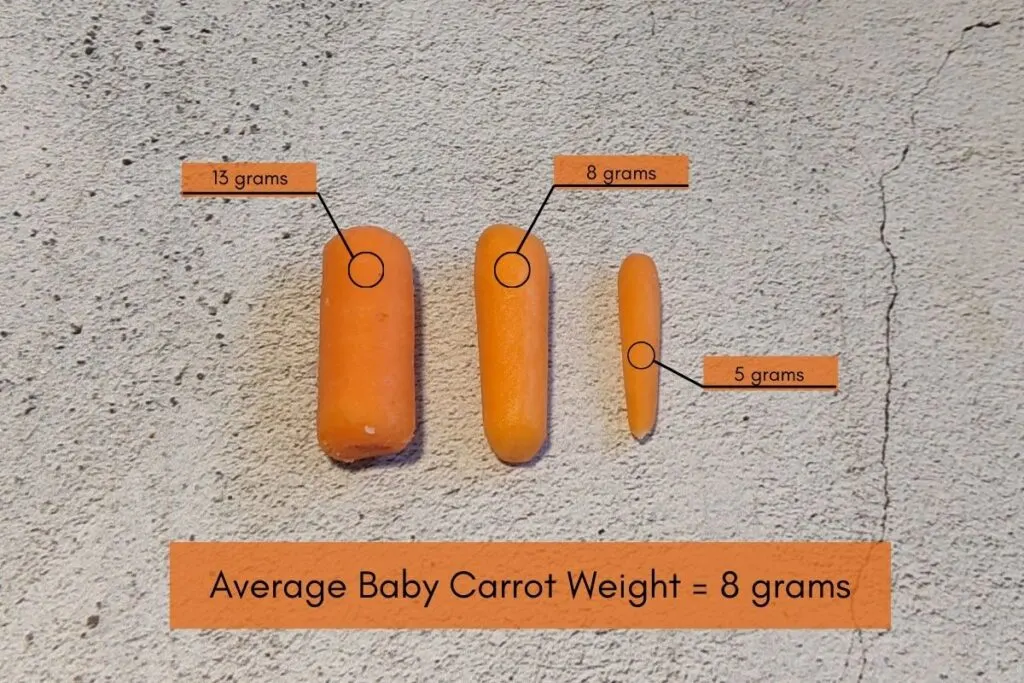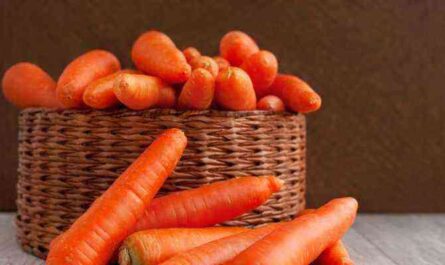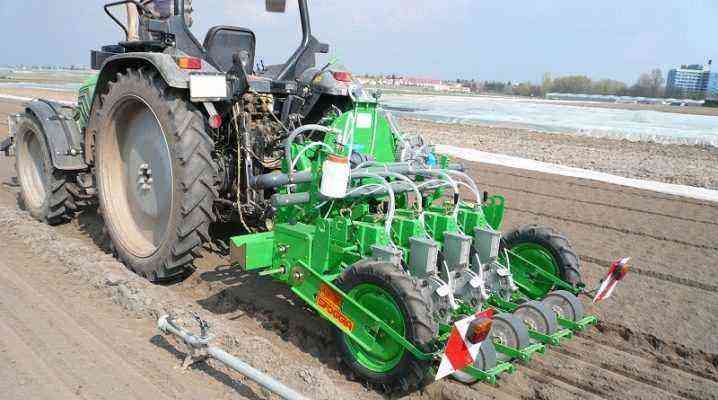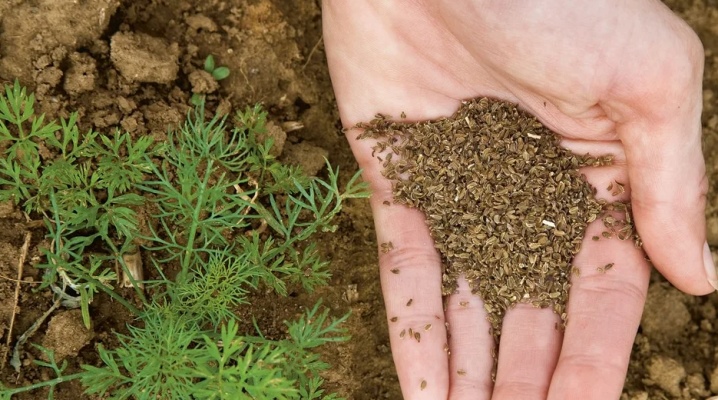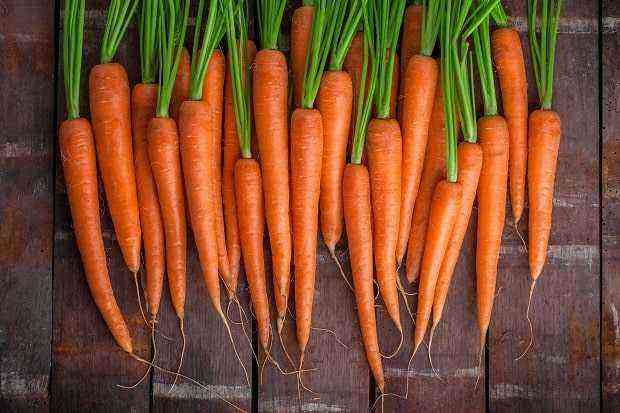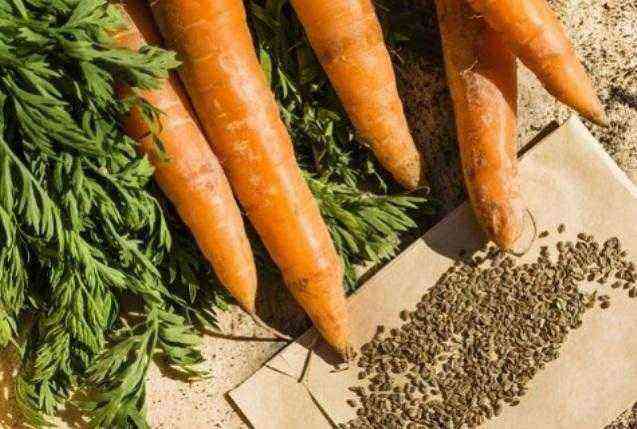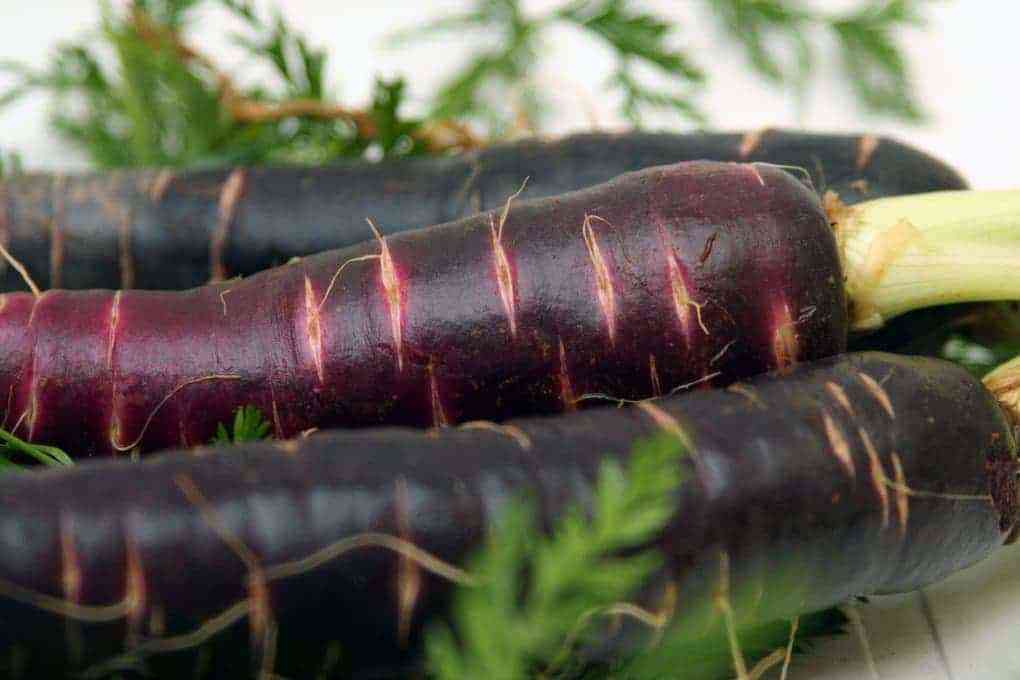Carrots are interesting because they can be grown in different ways: sowing seeds in May, July and autumn. Each of them has its pros and cons. Somewhere it turns out to get the maximum yield, and somewhere you will lose it due to incidents of nature. In any case, planting carrot seeds before winter is the most ancient method that allows you to get fruits that are hardened and do not deteriorate during storage. What is a good method, we will tell you today, taking into account all the nuances.
Advantages and disadvantages
The traditional period for planting carrots is in the spring, but in some regions, with a short warm period, planting under the snow is practiced.
Advantages:
- You can get the harvest two to three weeks earlier. Shoots begin to hatch with the onset of the first sunny days. This advantage is especially important for marketable carrots. In addition, by the time of winter harvesting, it will already be possible to use early carrots.
- Root crops are more juicy and sweet, since the main growing season has a minimum of heat and a maximum of moisture from melting snow.
- Early carrots are best for winter storage in the cellar.
- After harvesting, they get a free place for planting early vegetables: dill, radish, lettuce and basil.
- In autumn, the gardener frees up free time, and he can direct all his strength to sowing carrots, unlike springtime, when you need to grab on to many other vegetables.
Disadvantages:
- Spring shoots are preserved only in the case of a warm and humid spring. If the temperature outside is regularly below zero, then you can lose part of the crop.
- When sowing seeds in autumn, it will be necessary to plant an order of magnitude more seeds, to make the crops thicker to compensate for winter losses.
- Only hybrid seeds are suitable for winter sowing, and they cost an order of magnitude higher than varietal ones.
Given all the shortcomings, many gardeners prefer to sow carrots before winter, and do not accept other methods.
Terms of planting
Planting dates in the fall for carrots are a vague concept, not accurate. The main thing here is to guess. The weather brings many surprises, and it may happen that the seeds have time to germinate before winter, before hard frosts, which means that you have to say goodbye to early carrots.
In autumn, you need to choose a day with favorable sowing conditions:
- the temperature for several days should be stable, in the range of 2-3 degrees with a plus sign;
- night frosts – not lower than -5 degrees, and during the day without precipitation;
- should not be planted during heavy rains, as the seeds may germinate, and further frosts will destroy the seedlings.
Taking into account weather forecasts, it is necessary to plan the sowing of carrot seeds at the end of October, the first ten days of November, but a week before the establishment of permanent frosts.
Important! If in autumn the summer temperature persists for several weeks, from 5 to 8 degrees, then you can see the seedlings before winter, it is better to wait out this time.
Variety choice
Not all varieties of carrots are suitable for winter sowing. You should not choose seeds on a tape or in a protective shell, since for some the principle of germination is to ensure rare plantings, while the latter are used to protect against pests and diseases. Here, ordinary seeds in bulk are suitable. What varietal characteristics should you pay attention to.
Early
Early maturing and winter-hardy varieties are suitable for winter planting, this is indicated on the packages. After winter stratification, such seeds will quickly begin to swell after the snow melts and under the influence of the early spring sun.
Frost resistant
This feature of carrots allows you to plant seeds late, under the snow. Frost-resistant carrots mean resistance to low negative temperatures. Seeds will remain viable with prolonged aging in the soil in winter.
The best choice
Early ripening and frost-resistant varieties are the following (on the packages it is necessarily indicated: “for winter planting” or “for planting before winter”).
Nantes 4
This hybrid perfectly takes root in any soil, even heavy, infertile. The first greens will be visible already with the first spring warmth. The frost resistance of seeds should be added to the precocity of carrots.
During the winter, a small amount of planting material dies, mostly empty and unripened seeds.
The fruits of Nantes are juicy, sweet, with a dense structure, which allows you to store carrots until the new harvest. The fruits are cylindrical, without distortion, weighing up to 100 grams. The only disadvantage of the variety is the weak resistance to gray and white rot.
Vitamin 6
Large-fruited carrots, intended for any sowing, before winter, including. Root vegetables with sweet and crunchy flesh keep well. The color of the pulp is pronounced orange, without greenery. The fruits are subject to cracking, but are resistant to some types of rot. Fruit weight – from 70 to 160 grams.
Vegetation period – up to 110 days. You can start harvesting in July, when planting before winter. The fruits are high in carotene and sugar. Suitable for diet food.
Losinoostrovskaya 13
Mid-late variety, with a ripening period of 120 days. The fruits are cylindrical, even, with strong soil compaction they do not bend or crack. The content of carotene is up to 21 milligrams.
Requires deep sowing in well-moistened loose soil. Excellent for planting in October, guarantees a minimum percentage of winter losses. In spring shoots appear on the first thawed patches.
NIIOKh 36
The variety is specially bred for northern latitudes, planting before winter. Very frost-resistant carrots, with minimal losses at low negative temperatures. You can not even thicken the crops.
Beautiful virgin
The fruits of this variety are very juicy, which is why they are in demand. Juices and purees are obtained from root crops. Contains little fiber. The variety is frost-resistant, well suited for late sowing.
In addition to the above varieties, others can be noted that feel good in winter: Tushon, Incomparable, Chantane, Samson, Flakke, Moscow Winter A-515, Biryuchekutskaya, Narbonne.
Rules of crop rotation
The summer vegetable season is over, and there is enough free space in the garden. But where to plant carrots so that they do not become infected with diseases and give a bountiful harvest? Here it is important to know the rules of crop rotation.
Carrots do not feel well in all areas. The soil is suitable for planting winter carrots after the following crops:
- cucumbers;
- tomatoes;
- pumpkin;
- zucchini;
- bow;
- potatoes;
- cabbage.
These crops during the growing season do not completely waste the nutrients of the upper layers of the soil. And if you properly prepare the bed for planting, with the application of fertilizers, then carrots will be born famously.
It is worth remembering that some horticultural crops adversely affect carrot seedlings:
- parsley;
- legumes (beans, peas, beans);
- carrot.
These plants greatly deplete the earth, taking away all the micro and macro elements necessary for the growth of carrots. And after carrots, you should return to the garden only after 4 years, but if you feed the land well, then you can sow the seeds in a year.
Soil Preparation
How to prepare the land for carrots at the end of the summer gardening season:
- Mark out the bed and dig the ground well with the removal of weeds.
- To reduce the acidity of the soil, wood ash and complex mineral fertilizer are added, otherwise the shape of the root crops will not be even.
- Furrows (transverse or longitudinal) are made in the garden, as convenient.
- The surface of the beds is covered with a covering material or film, so that the rains do not wash away the stripes and weeds do not germinate.
Some gardeners sow green manure (mustard, alfalfa), and before sowing carrots, young plants are simply dug up along with the ground. This technique will replace mineral fertilizers. Some varieties of carrots require deep loosening of the soil; so that subsequently it does not compact, sand is introduced into the soil.
Important! Since the sowing is scheduled for a rather cold time, the earth will already freeze and turn into lumps. It will be difficult to seal the seeds with such lumps. Many summer residents advise pouring loose soil in advance into a bag or large container, from which the mixture will subsequently be taken to fill the furrows with seeds.
Planting the right way
When October comes, and all weather conditions satisfy the sowing, they begin to work.
Seed preparation
Carrot seeds are covered with a dense shell containing essential oils, which slows down their germination. The average duration of seedlings is from 18 to 25 days. To speed up the process and prevent infection with viruses and microbes, the seeds are treated with the following solutions:
- Salt. For 1 liter of water, take 1 tablespoon of salt and mix thoroughly. The seeds that float to the surface are removed, they are empty. Next, the material is washed with warm water, after which it is placed for 15 minutes in a hot liquid (65 degrees). Spread on cheesecloth and dry.
- Etched in 1% potassium permanganate solution.
- Soak overnight in hydrogen peroxide.
After each treatment, the seeds are dried. It is not worth exposing the planting material to processing with all solutions, it is enough to choose one.
Landing scheme
Taking into account the characteristics of the variety, namely the size of the root crop, it is necessary to mark the bed for planting. In the row-spacing, with transverse sowing, you can leave up to 30 centimeters to ensure the convenience of planting care (loosening and weeding).
With the longitudinal placement of carrots between the strips, you can leave up to 50 centimeters, and then plant onions in the borders to get the maximum yield. Between adjacent fruits, when thinning seedlings, leave up to 10 centimeters so that the plant has enough space for development. Embedding depth – no more than 5 centimeters.
If, after sowing the seeds, prolonged heavy rains suddenly began, the bed is covered with a film, and bricks are laid out on the sides to compact the material to the soil and protect the shelter from the wind. In this case, the soil will not be washed away, and as little moisture as possible will get to the seeds.
Fertilizer
Fertilizer is applied in the spring when the seedlings are thinned out. Young carrots are fed with minerals:
- ammonium nitrate (25 grams);
- potassium salt (25 grams);
- superphosphate (40 grams).
Fertilizers are diluted in 10 liters of water and watered under the root. This top dressing will be enough to form a good ovary and start growing.
Care of seedlings
Since autumn, in the absence of snow cover, the beds are covered with spruce branches to slightly warm the crops. When snow falls on the site, it is thrown over the bed and rammed so that it does not blow away with the wind.
Caring for spring carrots is no different from traditional agricultural practices.
- As weeds appear, they are cut down on small shoots, and pulled out by hand on adult shoots.
- During weeding, the earth is loosened to saturate the soil with oxygen.
- In order to prevent carrots from turning green and saturating with bitterness, root crops spud.
- The beds are watered infrequently – as the earthen clod dries. Before harvesting, watering is stopped so that the carrot pulp does not lose its sweetness.
- In early spring, when the seeds hatch and the greens come out, carrot plantings are watered once a week so that a crust does not form on the surface of the earth, after which it is loosened. If the spring is wet – no need to water.
In order for carrots to appear faster in spring, the beds are covered with polyethylene. As soon as the first shoots appear, the film is removed so that the plants do not stretch and turn white.
Regional features
Carrots are planted before winter, taking into account regional characteristics, and these are, first of all, climatic conditions.
Moscow
In this region, it is better to start planting from October 20 to November 10. At this time, the weather settles down, it becomes quite cool outside, further warming is usually not observed. It is worth planting the seeds to a depth of at least 5 centimeters in order to protect the seeds from erosion by melt water and rain in the spring.
Urals
In this strip of Russia, the terms are observed similar. And since the Urals are famous for severe frosts, the beds should be covered with spruce branches or snow.
Siberia
In Siberia, you can plant from the beginning of October. Usually at this time, permanently cold weather is already established, accompanied by an abundance of snow and frost. The beds are located on hills so that in the spring the snow quickly melts off them.
Tips
Experienced gardeners combine the winter sowing of carrots with the sowing of beets or onions and even radishes. This root crop also feels great under the snow. And already in early July, fresh vegetables will be on your table. If the carrot beds are covered before winter, then in the spring, as soon as the snow melts, the shelter is removed to provide air to the seeds. Even minimally low temperatures are not terrible for carrots.
In the spring, the beds can not be watered, since the melt water nourishes the soil enough, which is why the seeds begin to swell and germinate.
And one more tip: do not use fresh manure as mulch, as it contains weed seeds, which will make thinning and weeding carrots difficult. Winter carrots are an excellent option for early fortification, when, apart from greens and radishes, there are no vegetables in the garden. Early carrots are high in nutrients, carotene, fiber and juice. The main nuance with this method of sowing is to guess with the timing, everything else is as usual: weeding, watering, loosening, top dressing.
